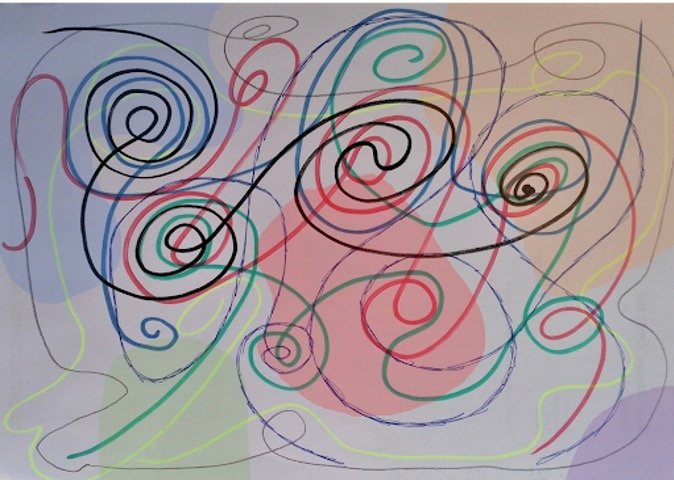National Science agenda
Case National Science agenda
During the first half of 2020 students designed a decision-making tool for participants in the Dutch Science Communication (SciCom) network, in order to facilitate collaboration and communication between the different SciCom stakeholders to establish a national science agenda. These stakeholders range from the Ministry of Education, Culture and Science (OCW) and the Dutch Research Council (NWO) to universities, research institutes, science journalists and museums. The SciCom partners have a common goal: ‘to enlarge the scientific support base among the general public’. This is realized by a variety of activities, such as conferences, exhibitions, science festivals, etc., for which collaboration between stakeholders is essential.
Designing decision-making tool CoNeCT
The students gave an overview of the complex, dynamic SciCom network which can be viewed from multiple perspectives, changes over time and consists of participants from a wide range of backgrounds, both professionally and personally. They pinpointed ‘assurance’ as the essence of the network and developed the decision-making tool CoNeCT. CoNeCT is an acronym for Cooperative Network Creation Tool which resembles a tangram puzzle. The tool can be used in many real-life networks to tackle the challenges (lack of similarities, establishment of mutual trust and understanding) that emerge as people with widely different backgrounds start working together. As scientific fields are becoming increasingly interconnected, science and public are getting more intertwined and technological innovations allow people from all over the world to connect.
CoNeCT’s purpose
The tool is used, physical or online, to visualize a network whilst exploring it. Capturing the process at the same time for evaluating purposes, helping players to make the imperfections of their real-life network visible (what is missing and what would make the fit better). Capturing the narrative of how players view their network so it can be reflected on and their learning process throughout the game which will show the insights gained at different points in the game. A human-focused design was used to optimize user’s motivation and engagement, using the empowerment of creativity and feedback. The tool (see below: virtual connect) can be used as icebreaker in new collaborations, when people are unsure about involvement and when facing decisions.

